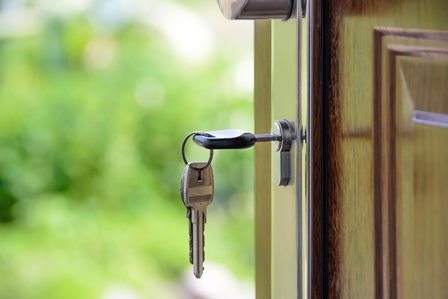
As a child I grew up in the same house from age 6 to 18. I now live in the same house type I grew up in, for the last 12 years. These 24 years represent a significant portion of my whole life and there were 10 others residences in between. By house type, I am referring here to the orientation of the house and Period in which it was built. We have 144 House types based on this criteria, so the odds are small that I would be living in that same house type for so long.
The average American moves every 5-7 years. We are a much more mobile society than we were centuries ago. And yet, I do find over and over again that many of my clients perpetuate living in the same or similar house type, such as I do. As I write this article, I am helping a long distance client house hunt and she currently lives in a Northwest facing house. She has sent me information about a house she would like to buy and sure enough it is also northwest facing! It was built in a different twenty year Period, so it is not the exact same flying star chart, but it has the same orientation.
Like a relationship with another human being, we are in a relationship with our own home. Certain features will be comfortable and familiar to us and of course we are aware of it when it boils down to the obvious, like preferring a certain type of architecture. On an even bigger scale, some people feel the need to be near the ocean, while others prefer the mountains or desert.
Relationship coaches and therapists know that a person may marry their spouse because consciously or sub-consciously that person reminds them of a parent, usually the parent of the opposite sex. We tend to socialize with people who are similar to us, and of course the seeds of prejudice come from our fears of not being receptive to environments (or people) who seem foreign to us.
Some people even have a deliberate preference for the orientation of their house, such as those who like to spend time in their backyard when the sun is strongest. But what is uncanny to experience is when people gravitate towards the non-obvious same Feng Shui features over and over again.
Why is it that a lonely person might continually look at houses that will perpetuate the loneliness with the same flying star energies in the bedroom or at the entrance, even the identical Flying Star chart for the whole house? For those just learning about classical Feng Shui, a “Flying Star” chart is an energy grid which spans the interior space of a house and its features are determined based on its directional orientation in combination with its year built.
The habitual momentum to seek out similar Feng Shui environments can work both ways, with some people organically finding spaces with good energy which can perpetuate their good luck and affluence, while others continue to seek out the more challenging house types and “dysfunctional” dynamics. My job is then to make a client aware of what is going on and to steer them towards better options.
Over the years I have seen some clients forego enlisting me for house hunting advice and they always wind up living near a freeway or some other exterior environment that is impossible to change. In addition to that, it is also not uncommon to see a person have the same Feng Shui at their work place as their home. This is statistically very intriguing since there are so many variables in play, including the fact that most people do not choose the physical location of where to work.
When one studies Feng Shui or other predictive arts long enough, it becomes apparent that there are cosmic forces at work, orchestrating in part what kinds of things happen to us and what choices we may or may not have. And on a regular basis, with so many ironic correlations revealed through metaphysics, it becomes evident that God has quite a sense of humor.
Author: Kartar Diamond
Company: Feng Shui Solutions ®
From the Feng Shui Theory Blog Series

